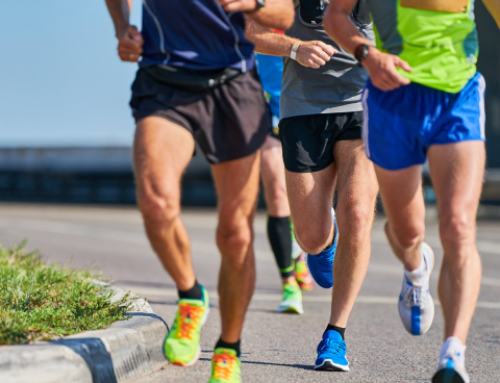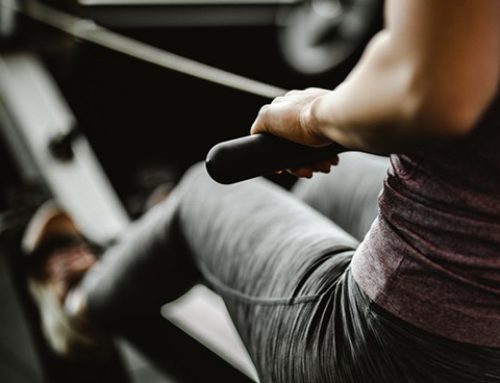Choosing the Right Cross Country Running Shoes
When it comes to selecting good cross country running shoes, a big misconception can be “the more expensive the shoe, the better it will perform.” Admittedly, as athletes, we are prone to select shoes based less on feel and more on design and how well they match our team uniforms. Obviously, a red shoe will not perform any better than a blue shoe.
The best way to determine which cross country running shoe is right for you is to look at two concepts—the fit and the feel—individually, because a shoe may fit well but still be uncomfortable.
When it comes to fit, crosscountryrunningshoeslab.com asserts that “the wrong choice of footwear can result in injury, which then leads to a delay in your training schedule. You may develop blisters or corns on some parts of your feet if the shoes don’t fit you right—if they are either too tight or too loose. Besides that, such shoes won’t be able to provide you with adequate support, and thus, would likely lead to immediate injury after a misstep.”
As for feel, crosscountryrunningshoeslab.com says, “Shoes can be too hot or too hard or too heavy or too high and so on. Sometimes what looks like the perfect pair of cross country running shoes isn’t so perfect after all; in other words, some shoes can be deceiving.”
How to Choose Cross Country Running Shoes
When shopping for a new pair of cross country running shoes, follow these five suggestions:
1) Find a store in your area that specializes in selling running shoes. When selecting a store, make sure that the clerks are knowledgeable about cross country running and show an interest in helping each runner find the best shoes for his or her foot size and running style.
2) Start shopping after you go running. Feet swell up during a run, more closely approximating your true shoe size. Shoes that seem to fit comfortably can become painfully tight once your feet begin to swell in the middle of a run.
3) Wear lightweight socks when trying on shoes—ideally, the same type that you wear while running.
Remember, not all sizes are universal. One brand’s size 10 may be quite different from the same size of another brand. Finally, make sure you clearly understand the store’s return policy. You might not be able to return the shoes after taking them for a run.
Source: crosscountryshoeslab.com, ehow.com
Photo: blog.pennlive.com
RECOMMENDED FOR YOU
MOST POPULAR
Choosing the Right Cross Country Running Shoes
When it comes to selecting good cross country running shoes, a big misconception can be “the more expensive the shoe, the better it will perform.” Admittedly, as athletes, we are prone to select shoes based less on feel and more on design and how well they match our team uniforms. Obviously, a red shoe will not perform any better than a blue shoe.
The best way to determine which cross country running shoe is right for you is to look at two concepts—the fit and the feel—individually, because a shoe may fit well but still be uncomfortable.
When it comes to fit, crosscountryrunningshoeslab.com asserts that “the wrong choice of footwear can result in injury, which then leads to a delay in your training schedule. You may develop blisters or corns on some parts of your feet if the shoes don’t fit you right—if they are either too tight or too loose. Besides that, such shoes won’t be able to provide you with adequate support, and thus, would likely lead to immediate injury after a misstep.”
As for feel, crosscountryrunningshoeslab.com says, “Shoes can be too hot or too hard or too heavy or too high and so on. Sometimes what looks like the perfect pair of cross country running shoes isn’t so perfect after all; in other words, some shoes can be deceiving.”
How to Choose Cross Country Running Shoes
When shopping for a new pair of cross country running shoes, follow these five suggestions:
1) Find a store in your area that specializes in selling running shoes. When selecting a store, make sure that the clerks are knowledgeable about cross country running and show an interest in helping each runner find the best shoes for his or her foot size and running style.
2) Start shopping after you go running. Feet swell up during a run, more closely approximating your true shoe size. Shoes that seem to fit comfortably can become painfully tight once your feet begin to swell in the middle of a run.
3) Wear lightweight socks when trying on shoes—ideally, the same type that you wear while running.
Remember, not all sizes are universal. One brand’s size 10 may be quite different from the same size of another brand. Finally, make sure you clearly understand the store’s return policy. You might not be able to return the shoes after taking them for a run.
Source: crosscountryshoeslab.com, ehow.com
Photo: blog.pennlive.com











